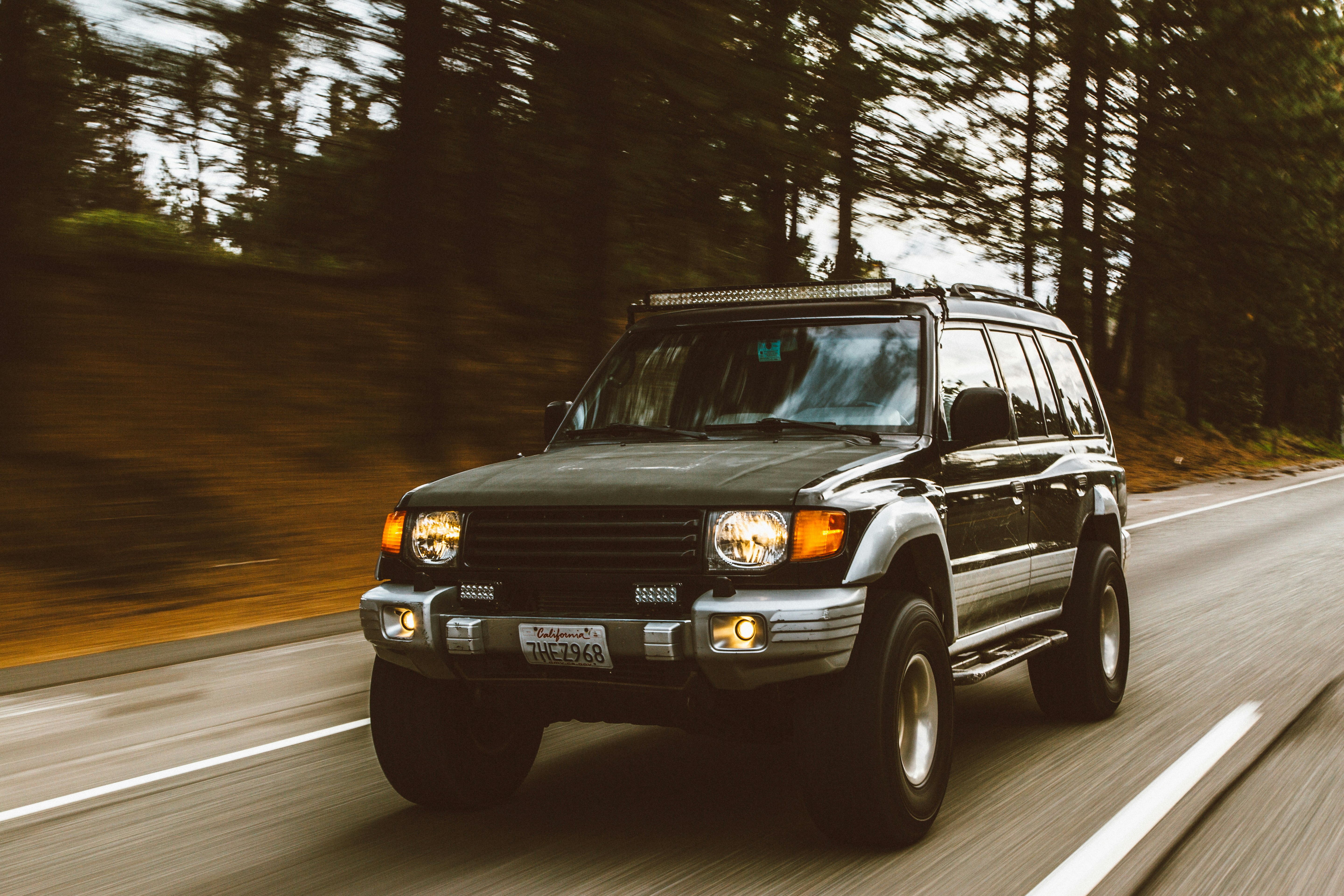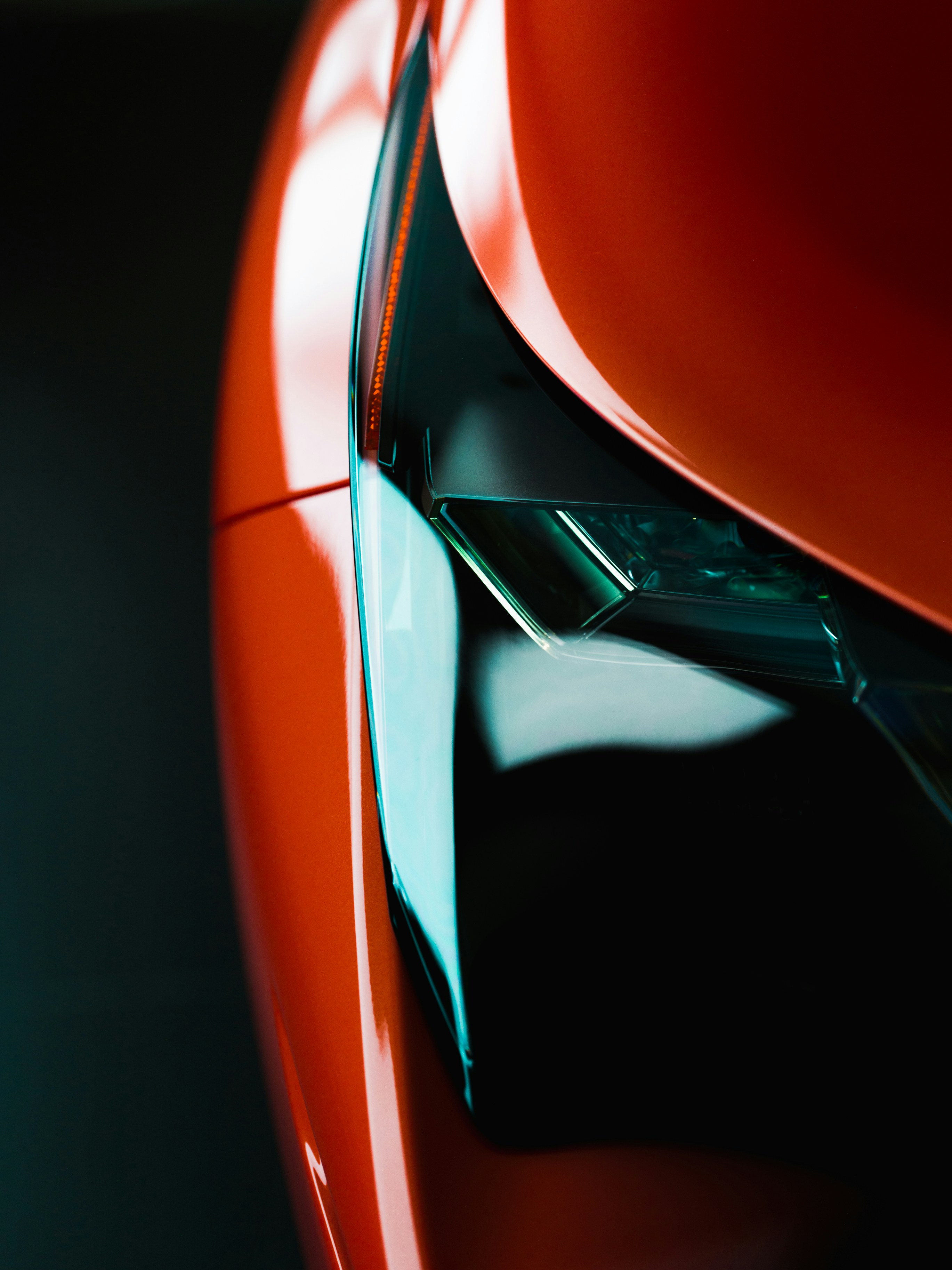Introduction to Protective Films for Cars
Every car owner knows the importance of keeping their vehicle in top-notch condition. From regular washes to routine maintenance, we invest time and money into ensuring our cars look great and perform well. However, there’s a lesser-known hero in the world of car care that deserves more attention: protective films. These innovative solutions are designed to safeguard your vehicle’s exterior from scratches, chips, and UV damage while maintaining its sleek appearance.
Imagine driving down the road with a glossy finish that turns heads—not just because it looks good but also because it’s protected against everyday wear and tear. Protective films promise just that! They act as an invisible shield for your car, allowing you to enjoy peace of mind knowing you’re preserving your investment. Curious about how they work? Let’s dive deeper into this game-changing product and explore how protective films can enhance your car maintenance routine.
How Do Protective Films Work?
Protective films are designed to shield your car’s surface from potential damage. They create a barrier that absorbs impacts and prevents scratches.
When applied, these films adhere tightly to the vehicle’s paint. This ensures that dirt, debris, and UV rays have less chance of causing harm.
The material is usually made from polyurethane or vinyl, which allows Protective Film for Cars HS05 it to be both flexible and durable. This flexibility means it can conform to curves and contours seamlessly.
One of the standout features of protective films is their self-healing properties. Minor scratches often disappear with heat exposure from sunlight or warm water.
This advanced technology offers peace of mind for car owners who want to keep their vehicles looking pristine without constant touch-ups or repairs. It’s like adding an invisible armor layer on your prized possession.
Benefits of Using Protective Films for Car Maintenance

Protective films offer a range of benefits that significantly enhance car maintenance. They act as a barrier against scratches and abrasions, helping to preserve the vehicle’s pristine appearance.
These films also shield against harmful UV rays, which can cause fading and damage to paint over time. By using protective films, you maintain your car’s value longer.
Another advantage is their resistance to chemical damage from road salt, bird droppings, and tree sap. This protection means less frequent detailing or repainting is needed.
Installation is straightforward for many film types. Once applied properly, they are nearly invisible yet provide substantial protection.
Additionally, a well-maintained exterior contributes to better resale value when it’s time for an upgrade. Investing in these films pays off in multiple ways beyond just aesthetics alone.
Types of Protective Films and Their Uses
Protective films come in various types, each designed to meet specific needs. Paint protection film (PPF) is one of the most popular choices. This clear material shields your car’s paint from scratches, chips, and UV damage.
Another option is vinyl wrap film. It not only protects but also allows for customization by changing the vehicle’s color or adding graphics without permanent alterations.
Window tinting films are essential for reducing glare and enhancing privacy. fashion They also help protect interiors from harmful sun rays that can fade upholstery over time.
For those who often drive in harsh conditions, heavy-duty protective films offer extra resilience against debris and weather elements.
With options tailored to different areas of your vehicle—like headlights or bumpers—you can select the perfect protective solution based on your lifestyle and driving habits.
Tips for Applying and Removing Protective Films
Applying protective films requires a clean and dust-free environment. Start by washing your car thoroughly, ensuring there are no particles that could get trapped under the film.
Use a spray bottle filled with soapy water to mist both the surface of the car and the adhesive side of the film. This allows for repositioning without sticking immediately.
When applying, work from one edge to another, using a squeegee or credit card to smooth out air bubbles as you go. Take your time; rushing can lead to creases or misalignment.
For removal, gently heat the edges with a hairdryer. This softens the adhesive and makes it easier to peel off without damaging your paint.
Always pull slowly at an angle close to 180 degrees. If any residue remains, use an adhesive remover specifically designed for automotive surfaces—this ensures you maintain your vehicle’s finish while keeping things neat and tidy.
Frequently Asked Questions about Protective Films for Cars
What exactly are protective films? These clear, durable layers adhere to your car’s surface. They shield against scratches, dirt, and UV rays.
How long do they last? With proper care, most protective films can endure anywhere from five to ten years. Their longevity depends on the quality of the film and environmental conditions.
Can I wash my car after applying a protective film? Yes, but it’s best to wait at least 48 hours for an ideal bond. After that, gentle washes will keep it looking great without damaging the film.
Will using a protective film affect my paint color? No! A high-quality protective film is designed to enhance your vehicle’s appearance while preserving its original finish.
Is professional installation necessary? While DIY options exist, hiring professionals ensures precise application. This minimizes air bubbles and misalignment for optimal protection.
Conclusion: Invest in Protecting Your Car with Protective Films

Protective films offer a valuable solution for car owners who want to maintain their vehicle’s appearance and longevity. By acting as a shield against scratches, UV rays, and environmental contaminants, these films can significantly reduce the wear and tear that comes with daily driving.
Investing in protective films is not just about aesthetics; it’s also about preserving the value of your car over time. Whether you’re trying to keep your new ride looking fresh or aiming to protect a classic model from damage, applying protective films makes sense.
As technology advances, so do the options available for protective films. With various types tailored for different needs—like paint protection film (PPF) or window tint—there’s something suitable for every vehicle owner. This level of customization ensures that everyone can find a perfect match for their specific requirements.
If you’re considering enhancing your car’s durability while keeping it stylish, now might be an excellent time to look into protective films. Making this investment could save you from costly repairs down the line while ensuring that your vehicle remains in peak condition throughout its lifespan.

